2016 October
About Andrew Cusack
 Writer, web designer, etc.; born in New York; educated in Argentina, Scotland, and South Africa; now based in London.
Writer, web designer, etc.; born in New York; educated in Argentina, Scotland, and South Africa; now based in London. read more
News
Blogs
Reviews & Periodicals
Arts & Design
World
France
Mitteleuropa
Knickerbockers
Argentina
The Levant
Africa
Cape of Good Hope
Netherlands
Scandinavia
Québec
India
Muscovy
Germany
Academica
The Old Dutch Church of Sleepy Hollow
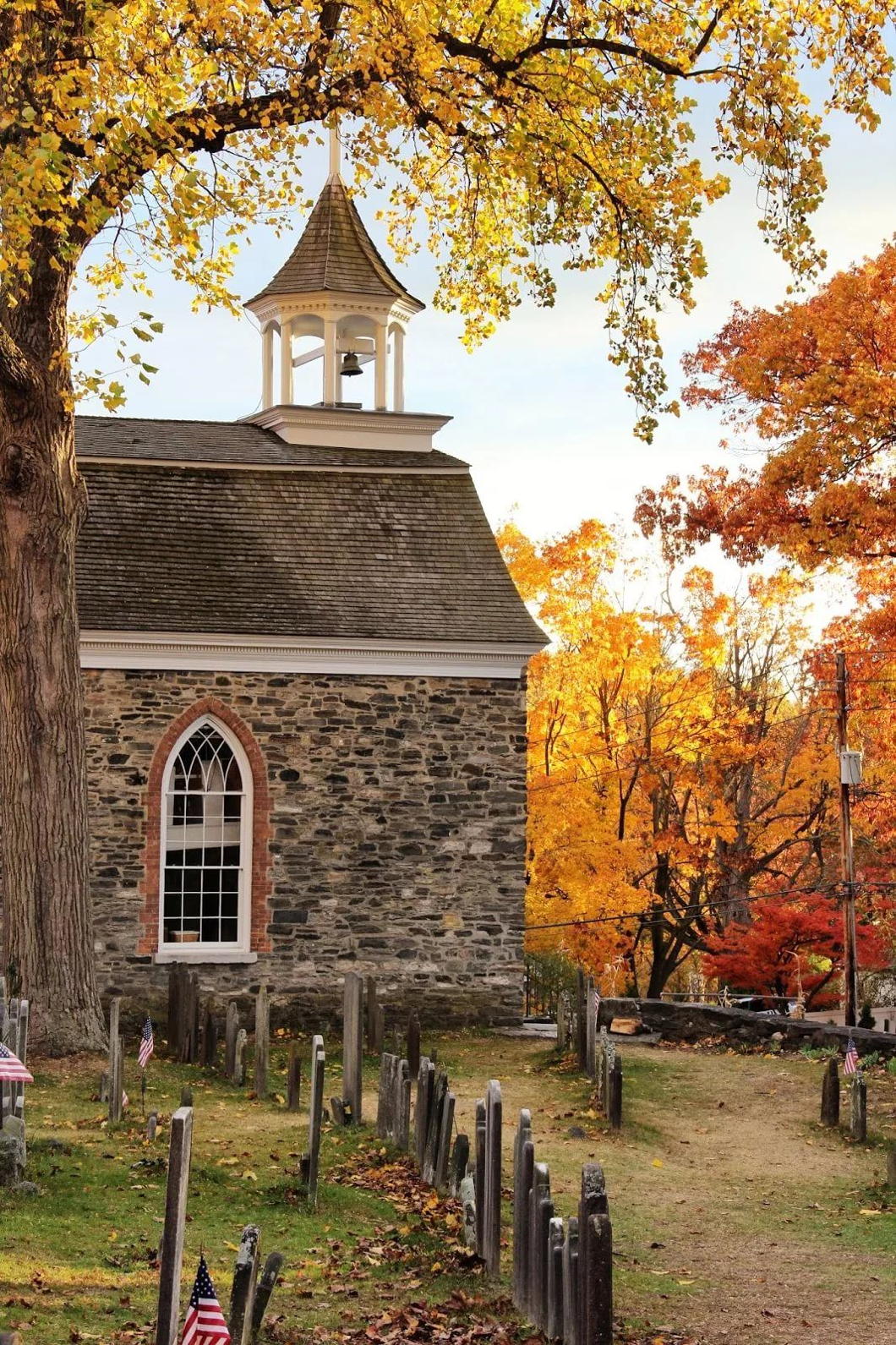
If there is any season which is plus New-Yorkaise que les autres then it must be autumn, and around the time of Hallowe’en in particular.
Thanks to the fertile imagination of Washington Irving, buried in the cemetery of the Old Dutch Church in Sleepy Hollow, the Hudson Valley is the spiritual home of this ancient Celtic feast now implanted in the New World.
The other day I dusted off the huge single-volume complete works of Irving – almost the size of an old Statenvertaling – and re-read his most famous tale, “The Legend of Sleepy Hollow”.
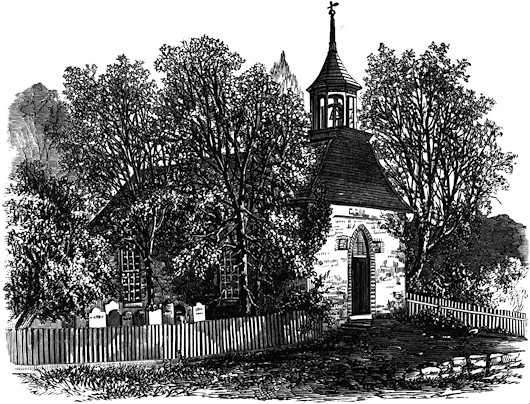
Irving describes the position of the Old Dutch Church:
The sequestered situation of this church seems always to have made it a favorite haunt of troubled spirits. It stands on a knoll surrounded by locust trees and lofty elms, from among which its decent whitewashed walls shine modestly forth, like Christian purity beaming through the shades of retirement. A gentle slope descends from it to a silver sheet of water bordered by high trees, between which peeps may be caught at the blue hills of the Hudson. To look upon its grass-grown yard, where the sunbeams seem to sleep so quietly, one would think that there at least the dead might rest in peace.
On one side of the church extends a wide woody dell, along, which raves a large brook among broken rocks and trunks of fallen trees. Over a deep black part of the stream, not far from the church, was formerly thrown a wooden bridge; the road that led to it and the bridge itself were thickly shaded by overhanging trees, which cast a gloom about it even in the daytime, but occasioned a fearful darkness at night. Such was one of the favorite haunts of the Headless Horseman, and the place where he was most frequently encountered.
The tale of the Headless Horseman is now, partly thanks to various popular reinterpretations of it, well known even outside the Hudson Valley. I remember as a wee lad growing up in that part of the world our Scout uniforms had a badge bearing the image of the “Galloping Hessian”.
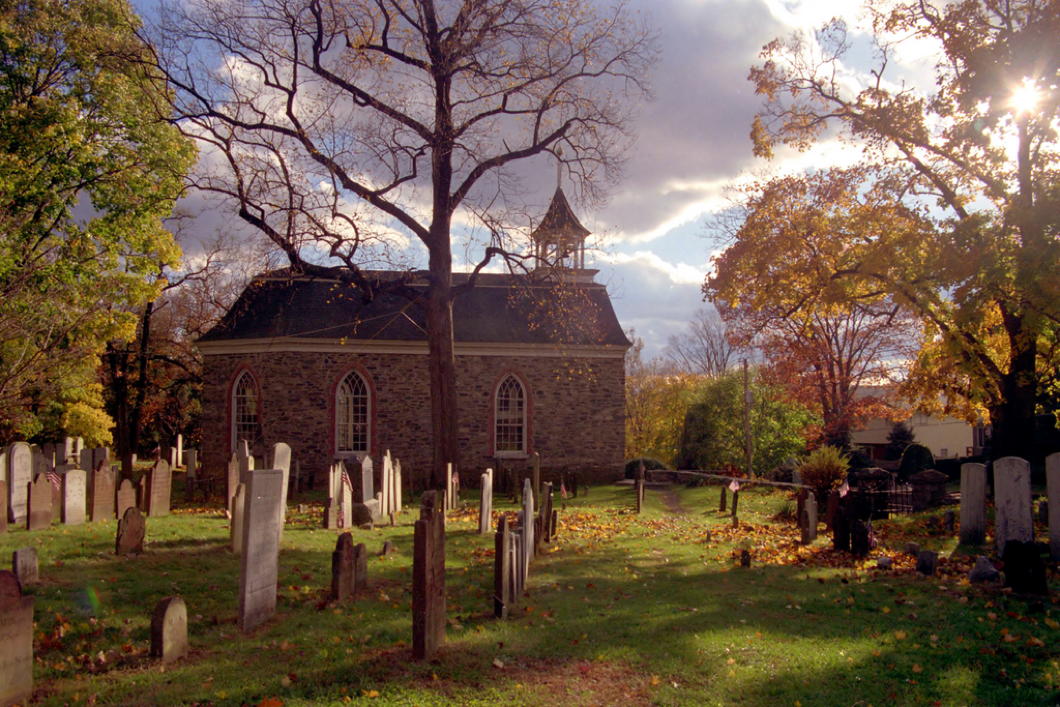
Johannes Kip’s View of London
View and Perspective of the City of London, Westminster, and St James’s Park
This view of London and Westminster is most notable for the unique perspective it takes: a bird’s eye view from above the Duke of Buckingham’s house, later acquired by the Crown and now, as Buckingham Palace, the primary royal residence.
This printing of Kip’s view, which comes up for auction soon at Daniel Crouch Rare Books, may have been printed after 1726 as it incorporates Gibb’s steeple of St Martin-in-the-Fields.
‘Decisions, decisions…’
Rather horrifyingly, one of the proposals would have erected a monumental screen closing off the forecourt, completely spoiling the view of Edward Lovett Pearce’s beautiful façade.
Luckily the Bank chose Francis Johnston to harmonise the competition designs into the building we know today.
Voltaire’s Works Are Not Dead
They Are Alive: And They Are Killing Us
“It was a little after nine in the evening; the sun was setting, the weather superb. … Nothing is rare, nothing is more enchanting than a beautiful summer evening in St Petersburg. Whether the length of the winter and the rarity of these nights, which gives them a particular charm, renders them more desirable, or whether they really are so, as I believe, they are softer and calmer than evenings in more pleasant climates.”
The Soirées Saint-Petersbourg of Joseph de Maistre are philosophical dialogues that sometimes border on the mystical and delve into the dark recesses of human nature. They are eloquent, fascinating, and beautiful, traversing a broad range of subjects while hovering around evil and why it exists in the world.
In this extract from the Fourth Dialogue, the Count — generally taken to represent the author’s own view — objects to the young Chevalier citing Voltaire approvingly.
A critic might call it a rant; if so, it is at least a beautiful one:
Party in the Overberg
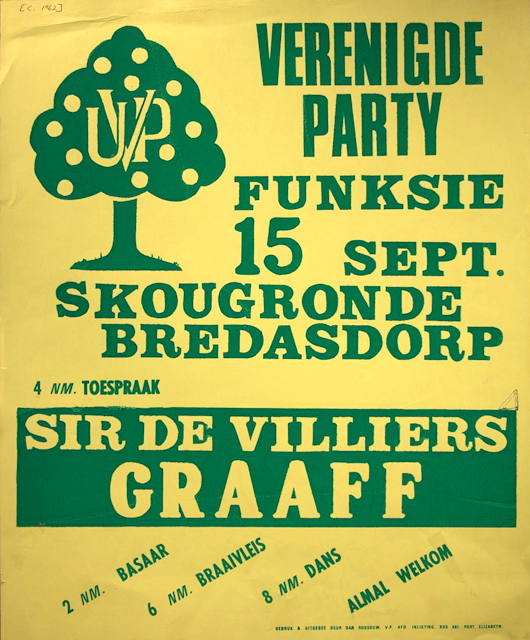
Alongside a bazaar, a braai, and dancing, a speech by Sir De Villiers Graaff is the selling point of this poster advertising a United Party (Verenigde Party) get-together in the beautiful Overberg region of the Cape.
“Sir Div” was the inheritor of one of only twelve South African baronetcies and led his party from 1956 until 1977 when it merged with the Democratic Party of verligte ex-Nationalists to form a new entity.
The broadly centrist party had lost power to the republican Nats (creators of apartheid) in 1948, and suffered splits that led to the creation of the Liberal Party and the United Federal Party in 1953, the National Conservative Party in 1954, and the Progressive Party in 1959.
The party’s emblem was a happy little citrus tree.
The Wyndham Monument, Silton
The charmingly haphazard Church of St Nicholas in Silton is home to what is arguably the finest funerary monument in Dorset not in a major church.
Sir Hugh Wyndham (1602–1684) lived through the difficult time of the Civil War and was first advanced in the law under Cromwell’s military dictatorship. It was the worst of both worlds for Wyndham, as the republican authorities never trusted him while after the Restoration his comfort with Cromwell meant he was deprived of office. Still, Charles II was no small-minded man, and after a royal pardon was granted Wyndham was appointed a Baron of the Exchequer and knighted.
The monument he left behind at Silton is is believed to be the earliest work of the Flemish sculptor Jan van Nost (also known as John Nost the elder). Sir Hugh is depicted in his judge’s robes, flanked by two mourning figures believed to represent his first and second wives. (The third wife is at least represented by having her arms impaled with Wyndham’s in one of the three heraldic sheilds gracing the monument’s surrounds.)
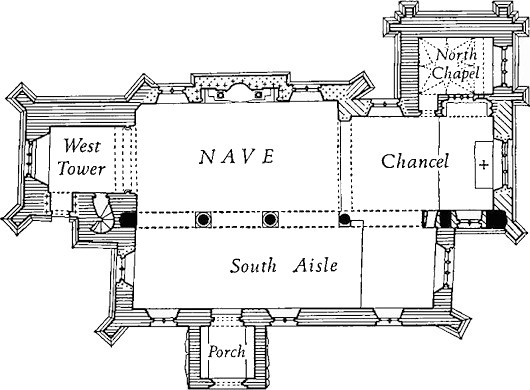
Nost’s sculpture was unveiled in the chancel of the parish church in 1692 but the Victorians thought it rather dominated the small sancutary. In 1869 a small recess was constructed in the north wall of the nave and the Wyndham monument was carefully moved there. The sculptor was also responsible for the monument to John Digby, 3rd Earl of Bristol, in Sherborne Abbey not far away, and one can see the parallels. The Earl, as it happened, married Rachel Wyndham, the younger daughter of Sir Hugh Wyndham.
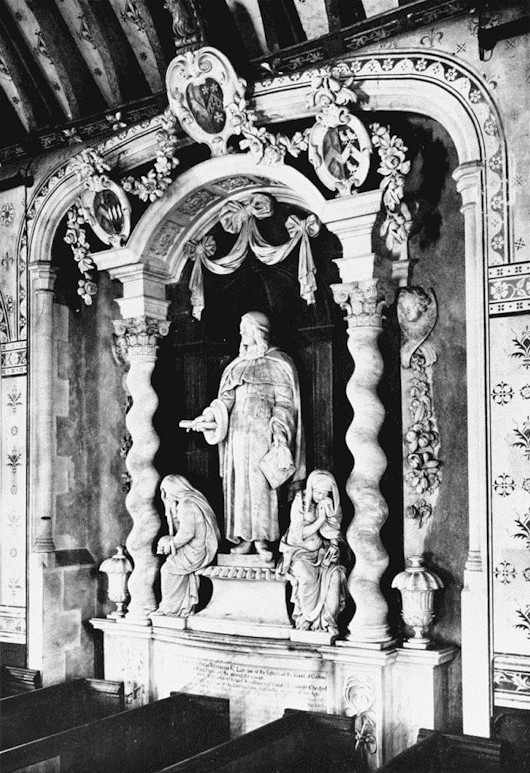
Zeist’s Zest for Traditional Architecture
The Daniel Marotplein, a residential square in the town of Zeist, provides a fine recent example of traditional architecture in the Netherlands. Designed by the TU-Delft-trained architect Diederik Six, the twenty houses surround a green square named after the Huguenot craftsman and artist Daniel Marot some of whose handiwork is in the nearby Slot Zeist.
The slot (schloss/castle/house) is associated with the Protestant Moravian brotherhood who were invited to live nearby by Cornelis Schellinger in the mid-eighteenth century, and the Daniel Marotplein takes inspiration from the two squares of houses they lived in flanking the castle. (more…)
Letter to the Editor
A letter to the editor printed in this week’s edition of The Tablet:
Brendan Walsh’s report (“Heythrop’s fate”, 17 September) of a senior academic suggesting that the demise of Heythrop was an episode in a long struggle between “outward-facing, inquisitive, challenging” theology on one side and “inward-looking, submissive, unquestioning” theology on the other is telling.
Positing such a simplistic binary split between Enlightened Me and Poor Ignorant You is patronising to those attempting to live out the radical beauty of the Christian life in tune with Catholic teaching. It’s not surprising that an institution with academics holding this view is entering its death spiral, while religious communities that don’t consider basic orthodox belief as optional are bursting at the seams.
Few things are more challenging – and more rewarding – than faithfulness; while some cling to clapped-out heterodoxies and managed decline, the rest of the Catholic world has moved on.
ANDREW CUSACK
London SW1
Search
Instagram: @andcusack
Click here for my Instagram photos.Most Recent Posts
- Silver Jubilee November 21, 2024
- Articles of Note: 11 November 2024 November 11, 2024
- Why do you read? November 5, 2024
- India November 4, 2024
- The Lithe Efficiency of the Old Constitution November 4, 2024
Most Recent Comments
Book Wishlist
Monthly Archives
Categories


